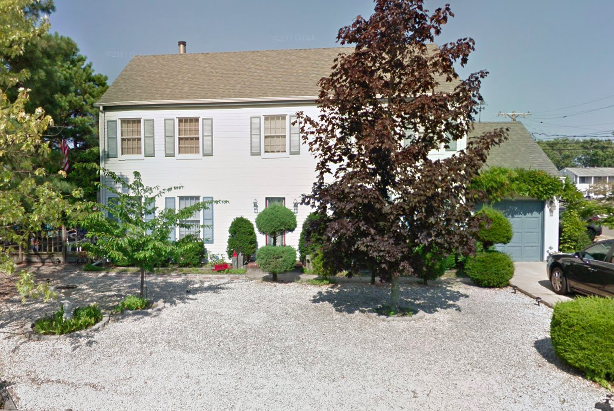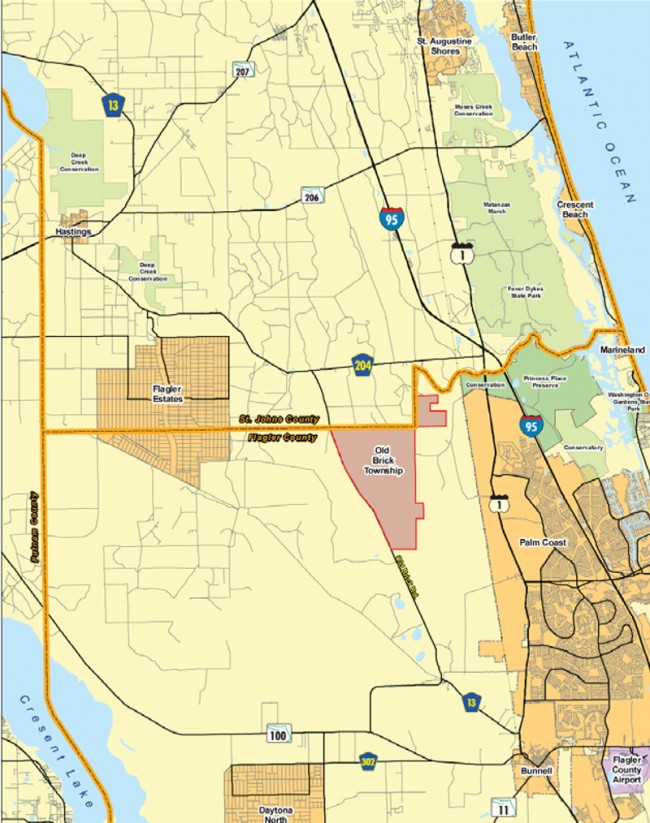

Antebellum southerners typically opposed any federal assistance for internal improvements, in part, because they theorized increased federal spending would translate into higher tariffs and taxes.

The states regarded public roads largely as local business. In the South, counties controlled the abolishment, creation, improvement, and operation of public roads. Most supporters of internal improvements came from the Northeast and Midwest. One observer, Reverend John Forbes, commented that the “road really may with propriety be called the King’s Highway: it forms a wide beautiful avenue, not a stump or tree to be found” Characterized by a team of Florida historians as “Florida’s first highway,” the King’s Road proved costly to maintain and by 1821 long stretches of it “had disappeared, submerged beneath swamps or overgrown by forests (Adams et al, 1997, pp.2, 23).ĭuring Florida’s territorial (1821-1845) and statehood periods, the Congress only grudgingly granted federal assistance for internal improvements in the form of canals, railroads, and plank roads and turnpikes. The occupying British (1763-1784) under General James Grant found only a “few narrow routes…often impassible in rainy weather and fit only for foot or horse traffic under optimal conditions” Directed by Grant and James Moultrie, the British completed the King’s Road between New Smyrna and Colerain, Georgia in 1775. Johns River, and south to Matanzas Inlet. In the first Spanish period (1565-1763), the Crown’s officials cut trails to the west and north between St. Northeast Florida has a long history of road building projects that extends into the colonial period. (section copy IV – original Flagler County History Annex) IV HISTORY OF THE ROADWAY page 14

It is heavily used by logging trucks yet still survives.Ī Cultural Resource Management Plan for Old Dixie Highway, Flagler County Florida for the Flagler County Board of Commissioners, Bunnell Florida November 2004 by Marsha A. It may well be the longest existing portion of a road system of great national significance in the early 20th century. Old Brick Road (Dixie Highway) is 10.6 miles between SR204 and Espanola.


 0 kommentar(er)
0 kommentar(er)
